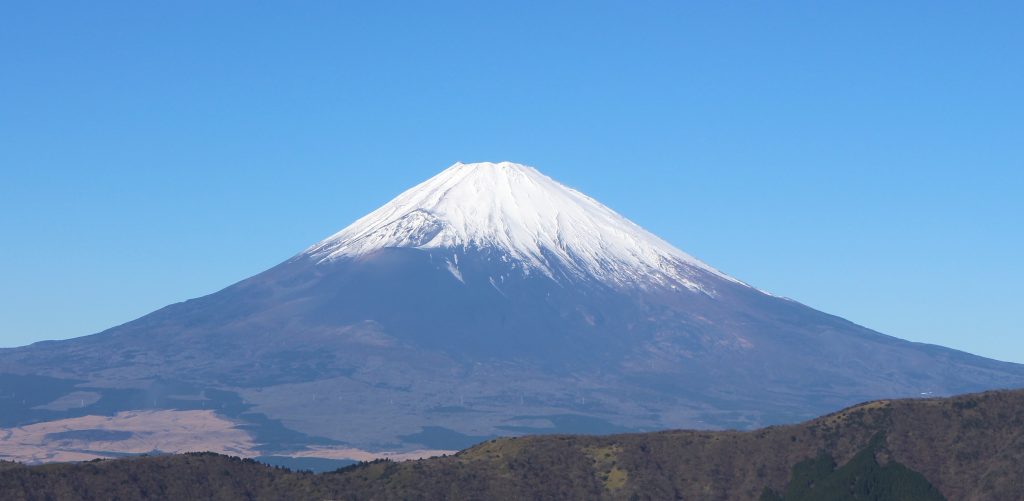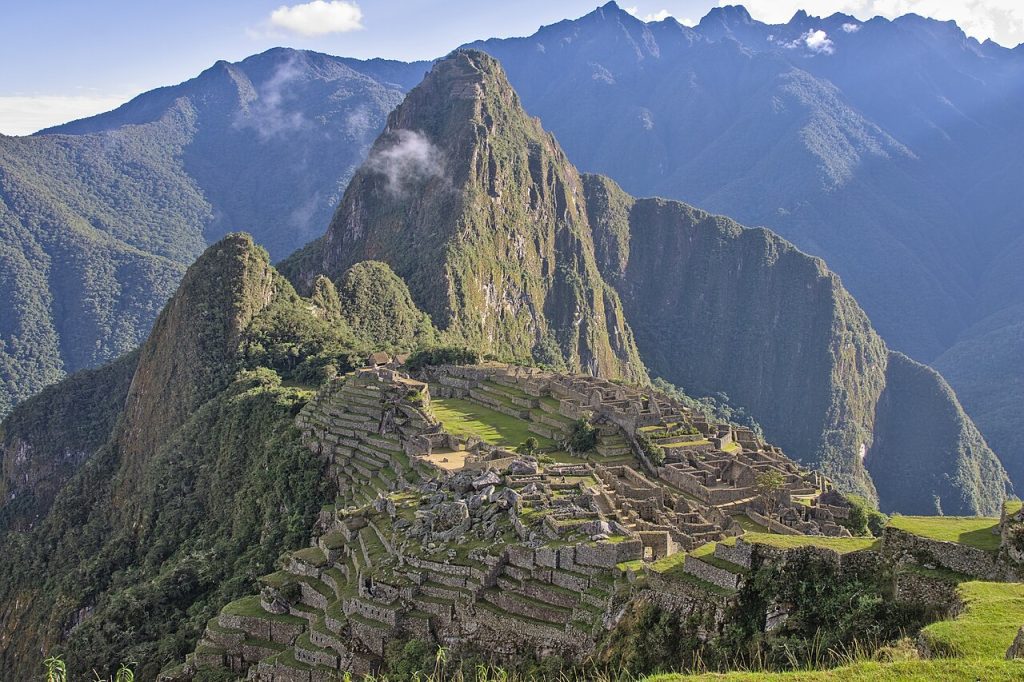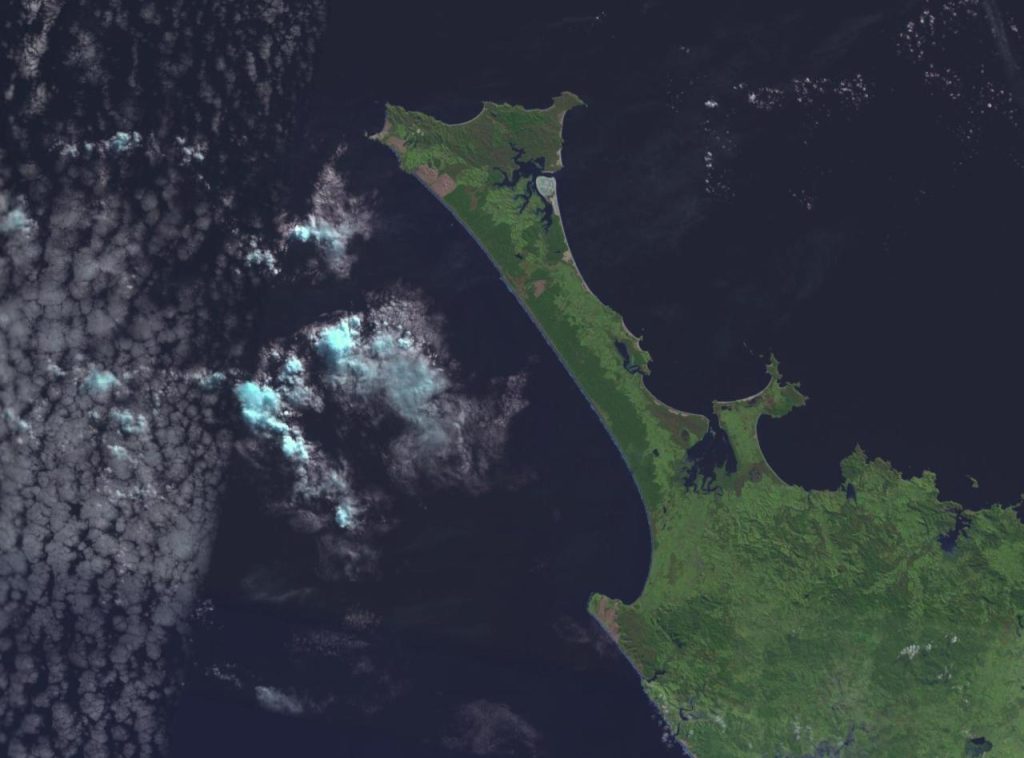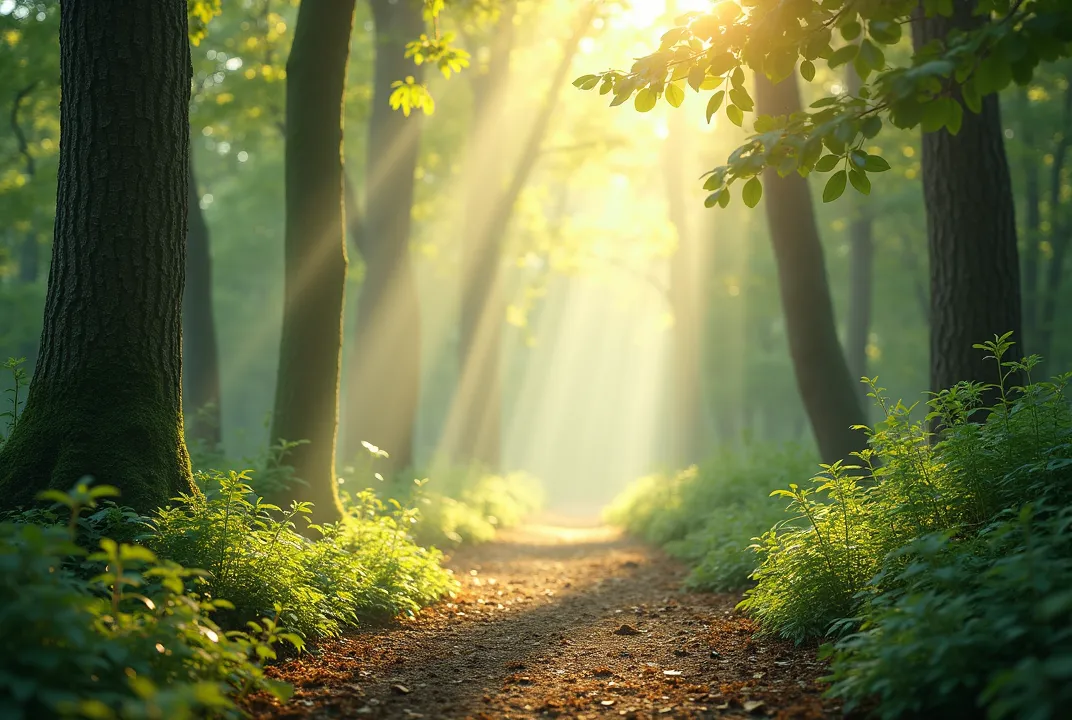Key Takeaways of Global Overview of Sacred Places:
- Sacred Places in nature hold ancient stories and spiritual energy. Mount Fuji (Japan), Stonehenge (England), Mount Kilimanjaro (Tanzania), Sedona (USA), Machu Picchu (Peru), Uluru (Australia), and Mauna Kea (Hawaii) are some of the most well-known sacred sites worldwide.
- Many of these Sacred Places face modern challenges like over-tourism and climate change, making preservation essential.
- Pilgrims and travellers can learn simple ways to respect and enjoy these Sacred Places, such as following local customs and minimizing environmental impact.
Introduction and Global Overview of Sacred Places
Sacred places in nature have been a part of human history for as long as we can remember. These Sacred Places are not just spots on a map; they hold memories of our past and give a special energy that makes people feel calm and awed. From ancient stone circles to deep blue lakes, these places unite people in wonder and respect.
Many people travel far and wide to visit these Sacred Places—some on long pilgrimages, others for a quick pause. They are like nature’s little hugs, showing us there is more to life than our busy days.
(Source: The Street)
Want to learn more? Read this: History and Origin of Meditation.
A simple table shows how different regions combine beauty with a need for care:
| Region | Example Sacred Place | Main Story |
| Asia | Mount Fuji, Japan | Living symbol of nature and myth |
| Europe | Stonehenge, England | Ancient mystery and ritual magic |
| Africa | Mount Kilimanjaro, Tanzania | Natural wonder and ancient lore |
| Americas | Sedona, USA | Red rocks and energy vortices |
In this article, we will look at Sacred Places from every corner of the world and share simple ideas on how to keep them safe.
Sacred Places in Asia: Their Stories and Significance
Asia is rich in Sacred Places that hold deep meaning for locals and visitors alike. Below are some of the key places:
Mount Fuji, Japan

Mount Fuji is more than just a mountain. Local traditions see it as a living being with ancient spirits on its slopes. People come here to feel its calm energy.
River Ganges, India
The Ganges is a river full of life and legend. Many believe it is a living goddess and come to bathe in its waters for cleansing and rebirth.
(Source: Love Exploring)
Want to learn more? Read this: Benefits of Forest Bathing.
Himalayan Retreats in Bhutan
In Bhutan, small valleys and mountain monasteries are seen as Sacred Places where monks meditate and nature whispers ancient chants.
Whale Bone Alley (Siberia)
Though a bit unusual, Whale Bone Alley in Siberia is part of Asia’s rich tapestry of sacred sites. Ancient whale bones tell silent stories of rituals once held here.
(Source: BBC Travel)
Asia shows us that Sacred Places can be grand or small, busy or quiet—but always filled with life and hope.
Sacred Places in Europe: History and Mystery
Europe offers a mix of ancient ruins and timeless legends. Let’s explore some of its key Sacred Places:
Stonehenge, England

Stonehenge is a mystical stone circle that has long stirred curiosity. Its ancient stones are believed to be aligned with the sun’s cycle and hold a deep sense of ritual magic.
Mont-Saint-Michel, France
Rising dramatically from the sea, Mont-Saint-Michel is like a castle from a fairytale. Pilgrims have visited for centuries to marvel at its towering walls and seek solace within its ancient halls.
(Source: The Street)
Want to learn more? Read this: 5 Meditation Techniques for You to Practice.
Ring of Brodgar, Scotland
In the rugged highlands of Scotland, stone circles like the Ring of Brodgar invite travellers to connect with the past. Locals believe the wind among these stones carries the voices of ancestors.
These Sacred Places in Europe mix history with mystery and remind us to pause and feel a little magic every day.
Sacred Places in Africa: Natural and Cultural Ties
Africa’s Sacred Places blend nature with ancient lore. Here are some highlights:
Mount Kilimanjaro, Tanzania
Mount Kilimanjaro is Africa’s highest peak and a natural symbol of endurance. Locals tell stories of the mountain as a silent guardian over the land.
Sahara Oases, North Africa
Tiny oases in the Sahara are considered sacred refuges—green spots of life and hope in a harsh desert.
(Source: The Street)
Want to learn more? Read this: Mindfulness vs Meditation – Discover Key Difference.
Mount Sinai, Egypt

Mount Sinai is a storied Sacred Place where biblical events are said to have taken place. Its rugged terrain and glowing skies have attracted pilgrims for centuries.
Across Africa, nature and culture meet in these Sacred Places, each keeping traditions alive for generations.
Sacred Places in the Americas: Legends and Landscapes
The Americas are full of Sacred Places that tell ancient stories and share breathtaking landscapes. Consider these examples:
Sedona, USA
Sedona’s red rocks are famous for their energy. Many visitors say these Sacred Places vibrate with a quiet power that connects them to the land.
Machu Picchu and Cusco, Peru

Machu Picchu, along with the city of Cusco, is a reminder of the Incas. These Sacred Places were where earth and sky met, and their legends still inspire awe today.
(Source: The Street)
Want to learn more? Read this: Meditation for Mental Health Benefits Techniques.
Devils Tower, USA
Devils Tower in Wyoming is a massive rock formation that holds spiritual weight for many Native American tribes. Locals see it as a timeless Sacred Place where ceremonies and prayers have been held for thousands of years.
A simple table shows some examples of Sacred Places in the Americas:
| Sacred Place | Country | Main Belief or Legend |
| Sedona | USA | Energy vortices in red rocks |
| Machu Picchu | Peru | Incan cosmic connection |
| Devils Tower | USA | Spiritual meeting ground |
| Cusco | Peru | Ancient Incan pilgrimage site |
These sites remind us that the spirit of the land is alive and ready to connect with every visitor.
Sacred Places in Oceania and Beyond: Natural Wonders and Spirituality
Oceania offers unique Sacred Places that highlight the deep bond between people and nature. Here are a few key spots:
Uluru, Australia
Uluru is a giant red rock that stands as one of Australia’s most revered Sacred Places. For the local Anangu people, it is a living memory of ancient creation stories.
Aupouri Peninsula, New Zealand

The Aupouri Peninsula, where the Tasman Sea and Pacific Ocean meet, is seen as a gateway for spirits. The Māori regard this as a hallowed Sacred Place where ancestors begin their final journey.
(Source: Love Exploring)
Want to learn more? Read this: 8 Basic Yoga Poses for Beginners.
Mauna Kea, Hawaii
Mauna Kea stands tall on Hawaii’s Big Island. This mountain is a revered Sacred Place, believed to be a resting ground for ancestors and divine beings.
In Oceania, every rock, river, and tree can be a Sacred Place, inviting us to pause and listen to the natural world.
Future Insights and Preservation of Sacred Places: Challenges and Hopes
Today, many Sacred Places face challenges that threaten their timeless magic. Rapid urban growth, climate change, and over-tourism are a few hurdles putting these special spots at risk. Yet, communities worldwide are working together to protect these wonders.
Preservation Efforts Around Sacred Places
Modern technology now helps us monitor changes in these Sacred Places. Local groups and global organizations are teaming up to keep these sites safe. For example, the revival of Bodh Gaya shows how focused restoration can breathe new life into a Sacred Place.
(Source: Nekhor)
Want to learn more? Read this: 4 Elements Spirituality Earth Water Air Fire.
Simple Ways to Protect Sacred Places
Simple conservation methods—like visitor limits, community clean-ups, and educational programs—can make a big difference. At Devils Tower, respectful guidelines help maintain its status as a cherished Sacred Place.
Every person can help protect these Sacred Places. Whether local, pilgrim, or casual visitor, your care matters. Think of these places as part of your own heart, and treat them with the respect they deserve.
A short table below shows some challenges and solutions:
| Challenge | Possible Solution |
| Over-tourism | Visitor limits and guided tours |
| Pollution | Community clean-up projects |
| Climate Change | Conservation tech and research |
| Neglect | Local community involvement |
Even with challenges, hope shines as people learn to protect these Sacred Places for future generations.
Reflections and Advice for Visiting Sacred Places
As someone who’s wandered many sacred paths, we can say each visit to a Sacred Place leaves a soft mark on your heart. I’ve seen raw beauty, felt the humble reverence of locals, and experienced the power of ancient stones and quiet forests. A quiet moment at a Sacred Place often speaks louder than a thousand words.
We remember our first visit to a small temple near an Asian forest. The air smelled of earth and incense, and we felt a warmth I can’t explain—like nature gave me a gentle hug. Such experiences show that Sacred Places are not just about old legends; they help us listen to the soft voice of life.
(Source: BBC Travel)
Want to learn more? Read this: Discover the Different Types of Yoga.
For anyone planning a pilgrimage, here’s our simple advice:
- Plan ahead: Learn a bit about the history and follow local rules.
- Keep it simple: Enjoy the quiet moments and let nature speak.
- Stay humble: These Sacred Places are precious to many, so tread lightly.
Every Sacred Place has a story that reaches back to the dawn of time. Each step in nature can bring you closer to understanding life. Respect these places, and they will reward you with calm, wonder, and a lasting sense of connection.
Frequently Asked Questions (FAQ)
- What makes a natural spot a Sacred Place?
A spot feels sacred when people over time feel a deep connection and see it as more than just nature. - How can I respectfully visit these Sacred Places?
Follow local rules, keep noise low, and always show respect for traditions. - Why are Sacred Places important for local communities?
They hold memories, cultural traditions, and deep spiritual meaning passed down for generations. - What can I do to help preserve Sacred Places?
Support local conservation, reduce waste, and share the value of these sites with others. - How do modern challenges affect Sacred Places?
Over-tourism, climate change, and neglect can harm these spots, but simple care and respect can help protect them.
References:
- The Street, “15 of the Most Unusual Sacred Sites in the World”
- BBC Travel, “Five Ancient Sacred Sites Around the Globe”
- Nekhor, “Eight Great Sacred Sites”
- Love Exploring, “The Most Beautiful Sacred and Spiritual Sites in the World”



